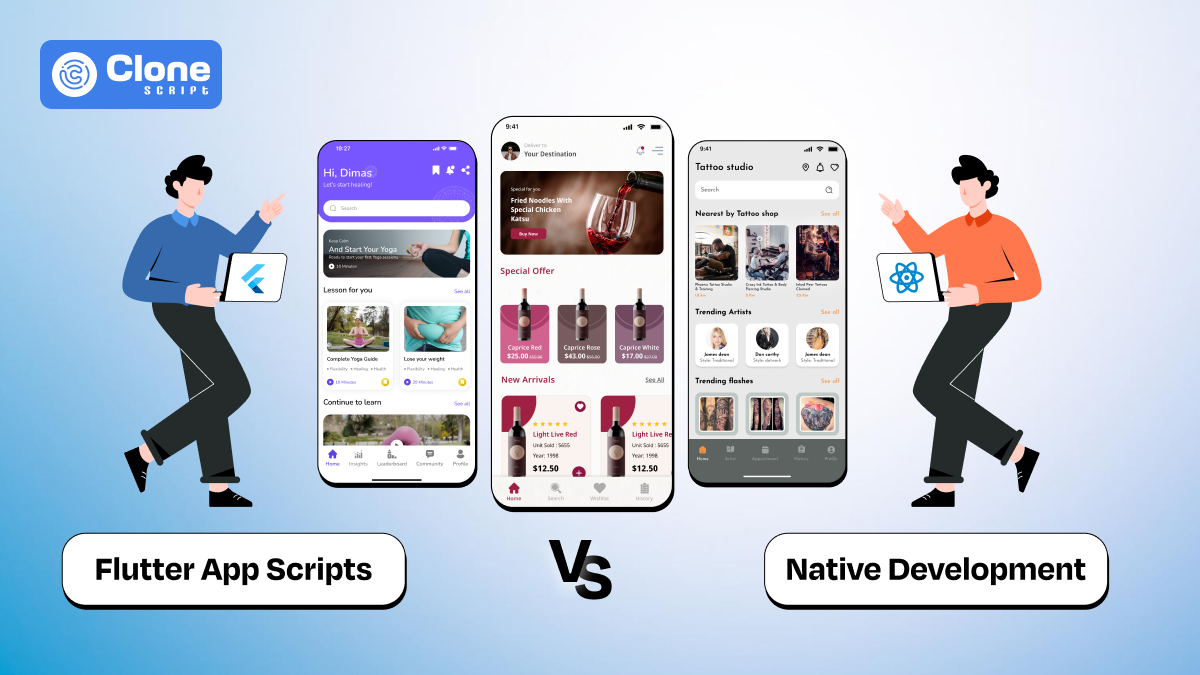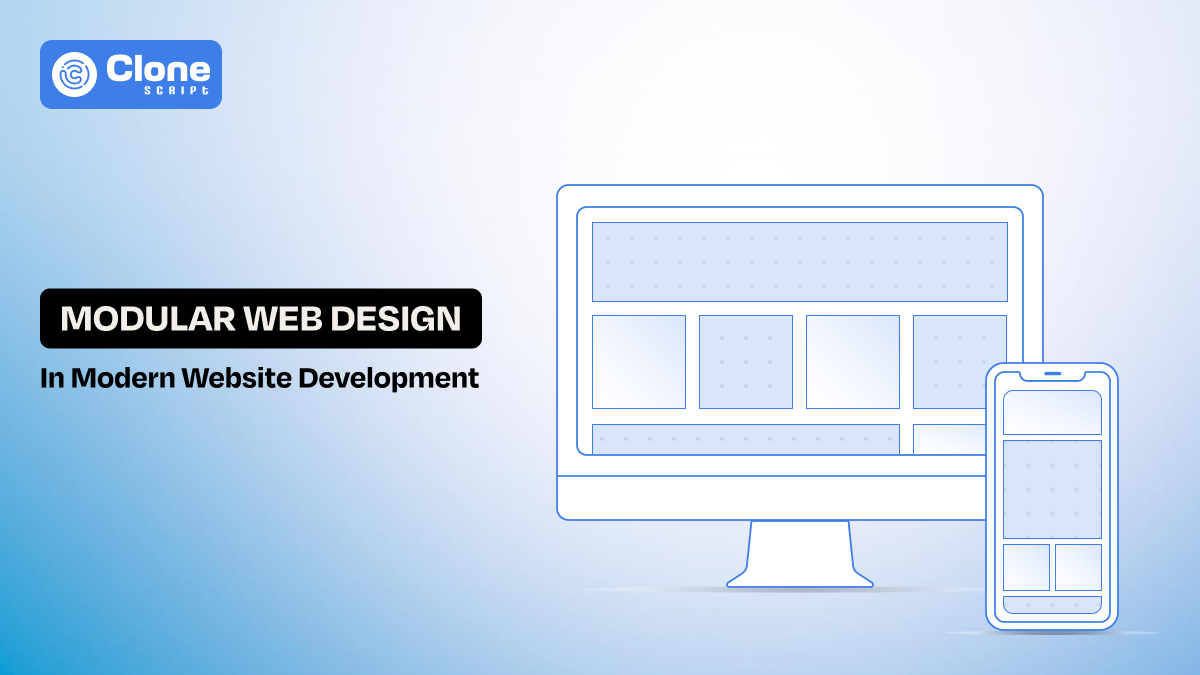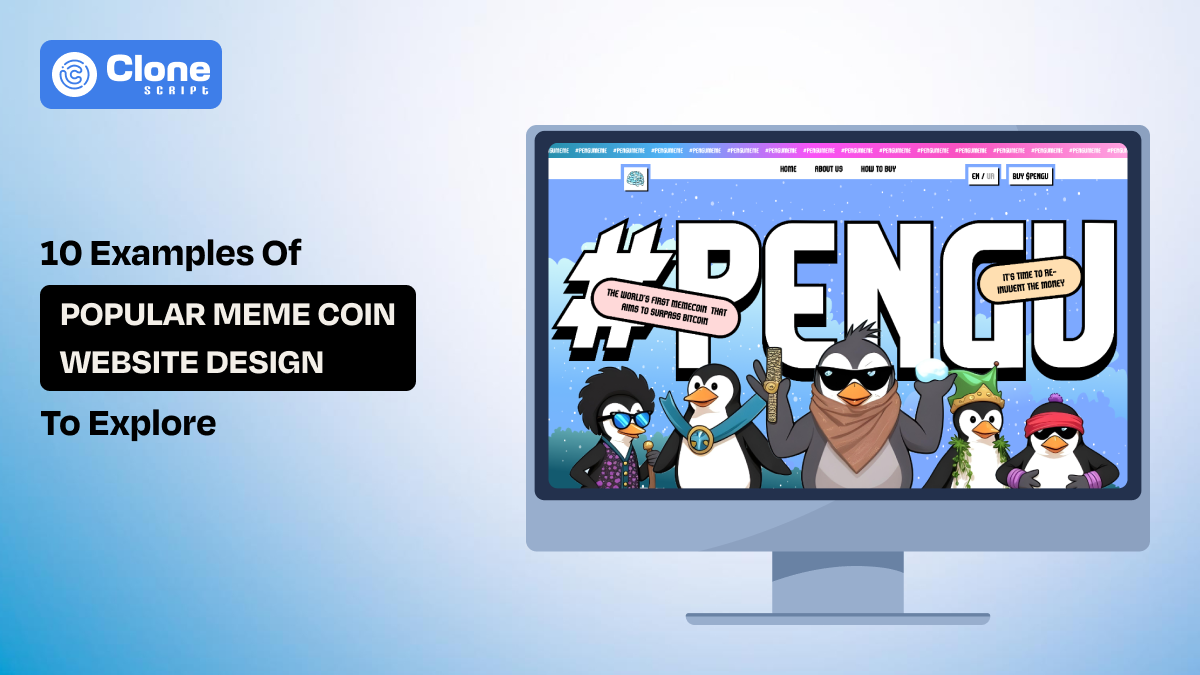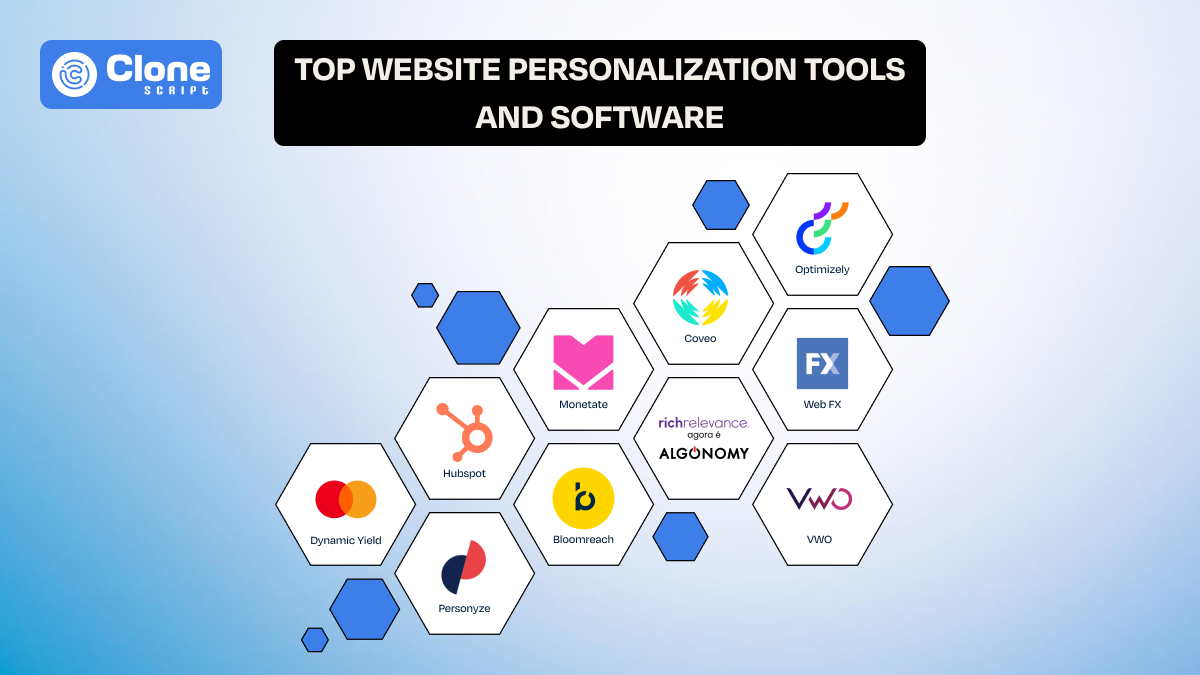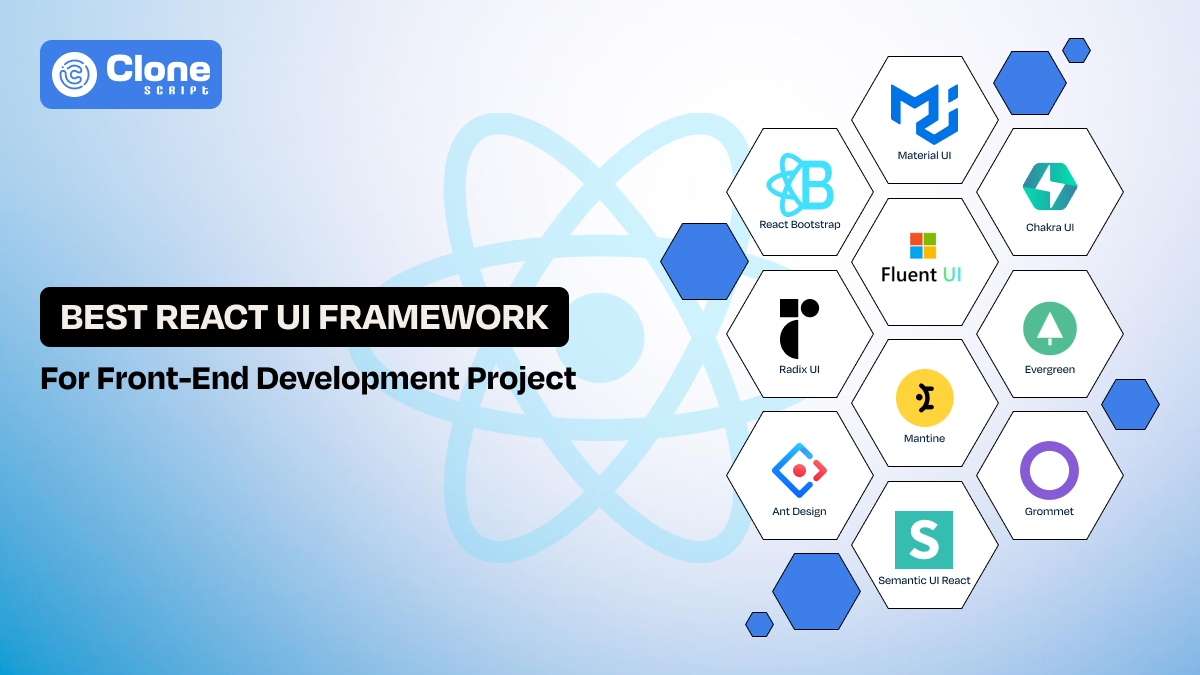Flutter App Scripts vs Native Development: Which is Faster?
In the evolving world of mobile app development, speed is more than a convenience. It's a competitive advantage. Whether you're building an MVP, launching a full-featured product, or crafting a polished UI experience, the choice between Flutter app scripts and native development can directly impact how fast you bring your vision to life.
While Flutter development offers benefits like rapid cross-platform capabilities using a single codebase, native development delivers performance with precision. So, which approach gives you the real edge when time is limited but expectations are sky-high?
This blog defines both options: Flutter app scripts and native development, to help developers make informed decisions based on project scope, performance needs, UI goals, and time-to-market.
What Are Flutter App Scripts?
Flutter app scripts are pre-built code modules, UI kits, or templates written using the Flutter framework and Dart language. These scripts offer a shortcut to building apps by providing ready-to-deploy functionality such as login systems, dashboards, chat interfaces, booking modules, and more.
Instead of coding every component by hand, developers using Flutter app dev practices can plug and play these reusable elements, speeding up the development cycle significantly.
Characteristics of Flutter App Scripts:
-
Created using Dart within the Flutter environment.
-
Often available as starter kits or clone scripts.
-
Come with built-in UI, navigation, and basic logic.
-
Easily customizable for branding and functional changes.
-
Used in Flutter mobile application development for MVPs and production-ready apps.
The real power of Flutter script lies in accelerating the development process without compromising the application's user experience.
It’s time to understand what native app development is.
Understanding Native App Development
Native development means building mobile apps using the programming languages and tools designated by each platform. For Android, that’s Java or Kotlin. For iOS, it’s Swift or Objective-C.
When you build natively, you’re writing separate codebases for Android and iOS. For that, you have to optimize each for performance, integration, and user interaction.
Characteristics of Native Development:
-
Built using platform-specific SDKs (Android Studio, Xcode).
-
Delivers top-tier performance and access to device-level APIs.
-
UI follows platform-specific guidelines to feel “natural.”
-
Ideal for complex or performance-intensive applications.
Although native app development provides better control and raw performance. But, it demands more development time, higher costs, and double the maintenance efforts.
Now you are aware of the concept of Flutter app scripts and native development. So, it’s good to know their both advantages.
Flutter App Scripts: Pros & Speed Advantages
The biggest appeal of Flutter app scripts is speed, both in development and iteration. Developers can jumpstart a project by reusing battle-tested modules and app interface components.
Key Speed Advantages:
-
Quick Setup: Scripts provide a functional skeleton, so you’re not starting from zero.
-
Cross-Platform Support: Write once, deploy to Android and iOS simultaneously.
-
Hot Reload: Instantly view code changes without rebuilding the entire app.
-
Widget Library: Flutter’s rich widget system speeds up UI creation.
-
Reduced Debugging Time: Clone scripts include clean, tested logic, minimizing bugs.
Additional Benefits:
-
Reusability across multiple projects.
-
Easier onboarding for new team members.
-
Available support from a growing Flutter developer community.
-
Perfect for teams following agile or sprint-based delivery models.
In mobile app development, especially when launching fast and making frequent changes, these advantages make a compelling case.
Native Development: Pros & When It’s Worth It
Despite longer development times, native development remains unmatched when performance and integration are critical. You get the full range of platform capabilities, native animations, and device-level responsiveness.
Native Strengths:
-
Maximum Performance: Suitable for heavy graphics, real-time streaming, or AR/VR.
-
Granular Control: Manage memory, threads, and animations with precision.
-
Hardware Integration: Access to sensors, GPS, Bluetooth, and camera without abstraction layers.
-
OS-Specific UI: Apps look and behave as expected by platform users. For example, iOS and Android.
-
Stability: Fewer third-party dependencies and more predictable system behavior.
When to Go Native:
-
Building a performance-first app like a 3D game, navigation system, or AR tool.
-
Needing deep integration with system services like health data or file systems.
-
Planning a long-term product where every millisecond of latency matters.
-
Prioritizing platform-exclusive UI and app interface design features.
For developers building resource-heavy applications or apps requiring deep platform hooks, native is still king.
After knowing the pros of Flutter scripts and native development, let’s explore their differences.
Speed Comparison: Flutter Scripts vs Native
To understand which method is faster, let’s break it down across key development stages.
|
Development Stage |
Flutter App Scripts |
Native Development |
|
Setup |
Minutes (clone & configure) |
Hours to days (manual setup for each platform) |
|
UI Development |
Rapid, thanks to ready-made widgets |
Slower, due to manual creation for each platform |
|
Feature Integration |
Pre-integrated or drag-and-drop |
Must implement separately for Android and iOS |
|
Debugging |
Single codebase = one debugging process |
Requires fixing issues on both platforms separately |
|
Testing & Deployment |
Cross-platform testing and deployment |
Separate testing & deployment pipelines |
Verdict:
For most applications, especially those with common features (e.g., login, product listings, dashboards), Flutter scripts reduce development time by up to 60%. Native shines only when ultra-optimized performance is required.
Mobile App Developer Tools & Ecosystem
Development speed and quality also depend heavily on the tools and resources available.
Flutter App Development Tools:
-
Flutter SDK: Provides cross-platform development with Dart, allowing developers to build responsive mobile apps from a single codebase for both platforms.
-
DevTools: A powerful browser-based suite for inspecting widgets, debugging layout issues, profiling performance, and improving overall Flutter app speed and responsiveness.
-
Pub.dev: Official package repository offering thousands of reusable Flutter packages. It helps developers quickly extend functionality and improve app development efficiency.
-
FlutterFire: Integrates Firebase services like authentication, database, and push notifications, enabling scalable cloud-powered features in your Flutter mobile application.
-
VS Code or Android Studio: Both IDEs support Flutter development with features like code completion, debugging tools, UI previews, and seamless SDK integration.
Ecosystem Benefits:
-
An extensive collection of Flutter script UIs and pre-built templates.
-
Ready-made solutions for chat, booking, eCommerce, delivery, and more.
-
Large community support and frequent updates.
Native Development Tools:
-
Android Studio/Xcode: Robust, official IDEs offering native tools, debugging, emulators, and performance profiling for high-quality Android and iOS app development.
-
Jetpack Libraries (Android) and SwiftUI/UIKit (iOS): Modern frameworks and libraries enabling structured architecture, smooth UI rendering, and native app interface design with best performance practices.
-
OS-Level SDKs and APIs: Allow precise access to device features, sensors, hardware, and platform behaviors, enabling full control over application user experience.
-
Third-Party Integration Compatibility: Supports seamless integration with APIs, payment gateways, analytics, and hardware services tailored specifically for Android or iOS platforms individually.
While native offers robust and deep development capabilities, Flutter’s unified tooling is a massive boost for productivity, especially when paired with reusable app script modules.
Which One Should You Choose?
Here’s a simple decision-making framework for developers based on speed, scope, and goals.
Choose Flutter App Scripts If:
-
You need to build and deploy fast.
-
Your app has standard features with moderate customization.
-
You want one team to maintain one codebase.
-
You prioritize cross-platform launch.
-
You’re building MVPs, SaaS dashboards, or delivery apps.
Choose Native Development If:
-
Your app requires advanced platform-specific features.
-
You need ultra-high performance (e.g., 60fps+ gaming).
-
The UI must align tightly with OS-level interactions.
-
You're building something very large-scale and long-term.
-
You can afford the additional development time and cost.
A hybrid approach is also viable. Use Flutter app scripts for the core and custom native modules for hardware-specific functionality.
Let’s check where a Flutter app is suitable and why native development has the upper hand with real-life use cases.
Real-World Use Cases of Flutter Script and Native Development
Don’t be confused about how Flutter can be useful, and native is ideal for certain conditions:
-
Flutter Script Use Case:
A startup wants to launch a food delivery app within 30 days. They chose a Flutter mobile application script with Firebase integration, Stripe checkout, and an admin dashboard. Using this base, they’re live in 3 weeks, serving both Android and iOS users.
-
Native Use Case:
An AR fitness app needs motion tracking and health integration. Developers build separate apps in Kotlin and Swift to ensure real-time performance, Apple HealthKit access, and tight sensor control. There is time-to-market is longer, but user feedback praises performance.
Each approach solves a different business problem. What matters is aligning your technical choice with user expectations and project constraints.
Final thoughts
The debate between Flutter app scripts and native development boils down to this: What matters more, speed or control?
If you're a developer or team working on client projects, MVPs, or digital products with standard features and fast deadlines, Flutter app scripts are the clear winner. You’ll save time, maintain a single codebase, and deliver a smooth UI with good Flutter performance.
However, when high-end functionality, OS-level precision, or maximum performance is non-negotiable, native development is worth the investment.
Ultimately, there is no one-size-fits-all. Choose the path that aligns with your app’s goals, budget, timeline, and technical requirements.
 BTC - Bitcoin
BTC - Bitcoin
 USDTERC20 - USDT ERC20
USDTERC20 - USDT ERC20
 ETH - Ethereum
ETH - Ethereum
 BNB - Binance
BNB - Binance
 BCH - Bitcoin Cash
BCH - Bitcoin Cash
 DOGE - Dogecoin
DOGE - Dogecoin
 TRX - TRON
TRX - TRON
 USDTTRC20 - USD TRC20
USDTTRC20 - USD TRC20
 LTC - LiteCoin
LTC - LiteCoin

